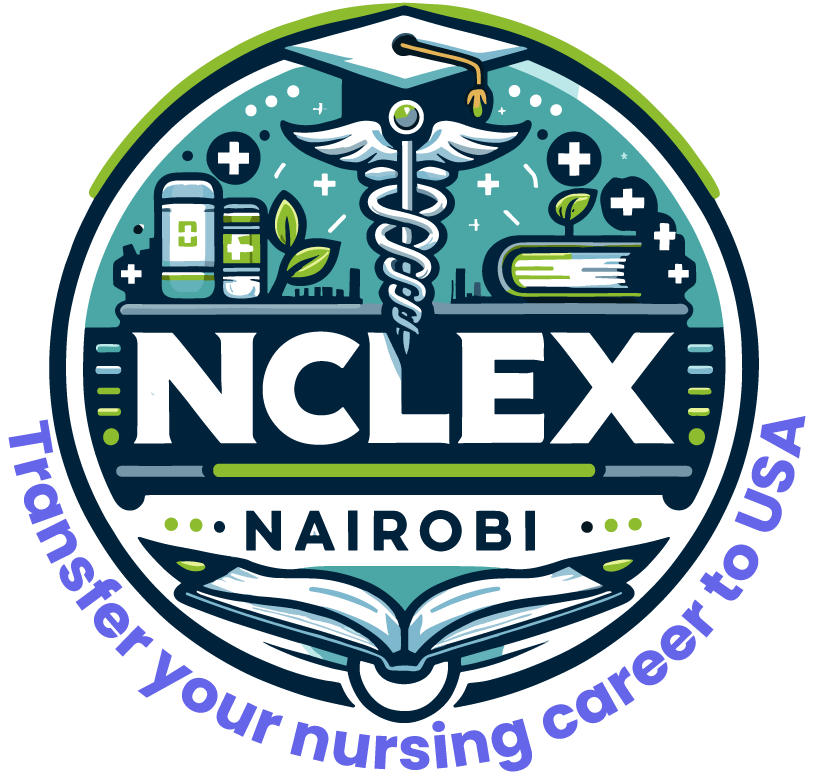
Nursing is a profession that transcends borders, with standards of practice varying across different countries. In this article, we delve into the global perspective of nursing standards, focusing on how the U.S. standards compare to those found elsewhere in the world.
Understanding U.S. Nursing Standards: The United States boasts rigorous standards for nursing education, licensure, and practice. Nursing programs in the U.S. adhere to strict accreditation requirements set by organizations such as the Accreditation Commission for Education in Nursing (ACEN) or the Commission on Collegiate Nursing Education (CCNE). These programs emphasize a holistic approach to patient care, critical thinking skills, and evidence-based practice.
Moreover, the licensure process in the U.S., exemplified by the National Council Licensure Examination (NCLEX), ensures that nurses demonstrate competency in delivering safe and effective care. The NCLEX-RN and NCLEX-PN exams assess candidates’ knowledge and skills, aligning with the standards established by the National Council of State Boards of Nursing (NCSBN).
Global Variations in Nursing Standards: While the U.S. sets high benchmarks for nursing practice, standards vary significantly worldwide. In some countries, nursing education may follow a different structure, with varying emphasis on theoretical knowledge versus practical experience. Additionally, licensure processes and regulatory frameworks differ, leading to variations in the scope of practice and professional responsibilities.
For example, in countries like Canada and Australia, nursing standards align closely with those in the U.S., emphasizing evidence-based practice and patient-centered care. However, in regions with limited resources or different healthcare models, such as parts of Africa or Asia, nursing standards may face unique challenges related to infrastructure, training, and access to continuing education.
Challenges and Opportunities: Navigating diverse nursing standards presents both challenges and opportunities for healthcare professionals. Nurses working in international contexts must adapt to local regulations and cultural norms while upholding ethical principles and maintaining the highest standards of care.
Furthermore, the exchange of knowledge and best practices between countries fosters collaboration and innovation in nursing education and practice. Initiatives such as international nursing conferences, research collaborations, and exchange programs facilitate cross-cultural learning and enhance the global standardization of nursing care.
Conclusion: In conclusion, the comparison of U.S. nursing standards with those found worldwide highlights the diversity and complexity of the nursing profession. While each country’s standards reflect its unique healthcare landscape and societal needs, the overarching goal remains universal: to provide safe, compassionate, and evidence-based care to patients.
By understanding and appreciating the global perspective of nursing standards, healthcare professionals can work collaboratively to address challenges, promote excellence in practice, and ultimately improve patient outcomes on a global scale.
